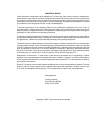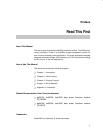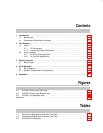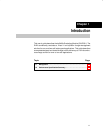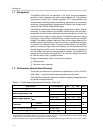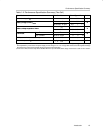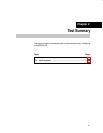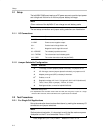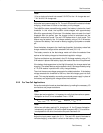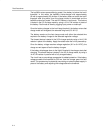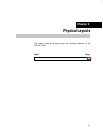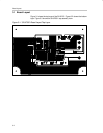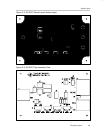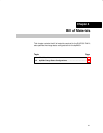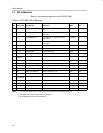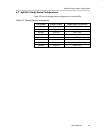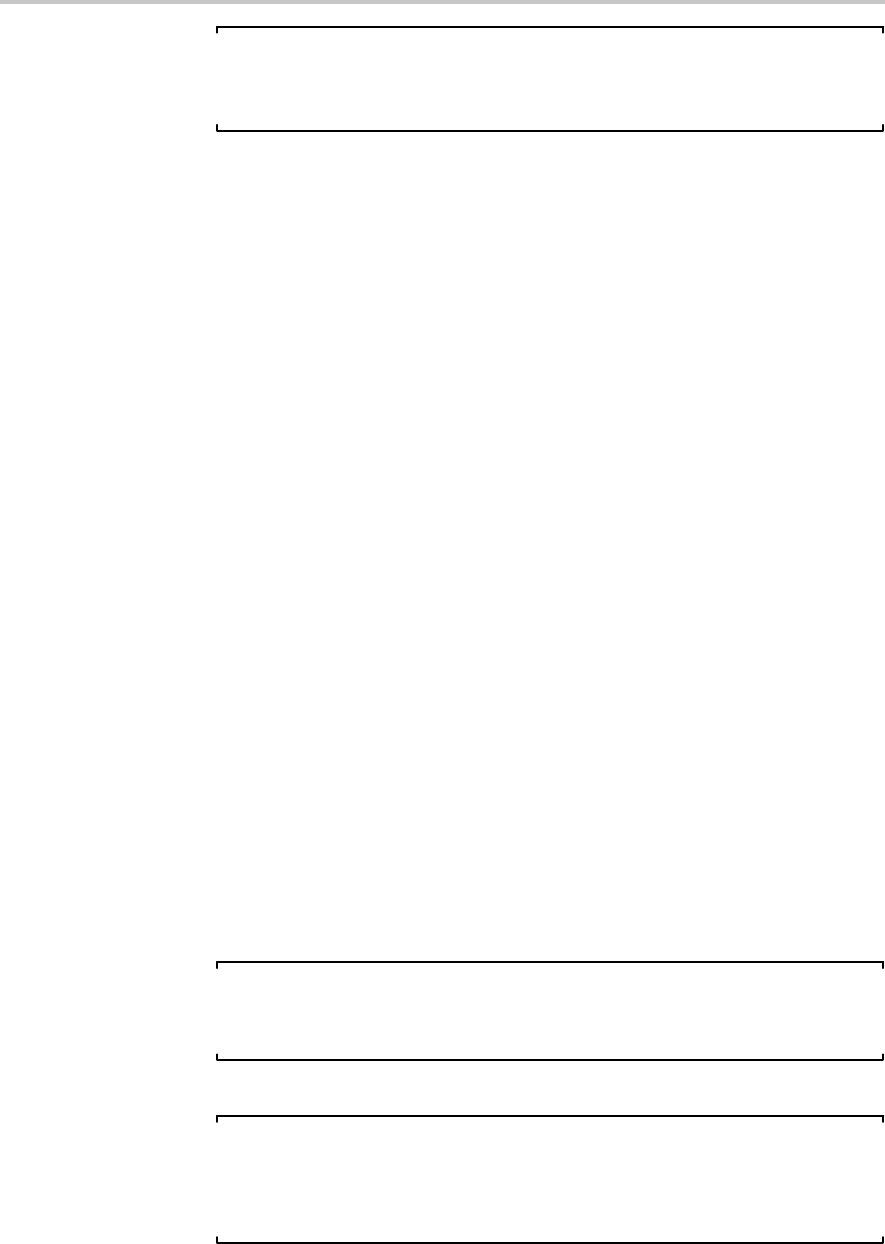
Test Procedures
2-3
Test Summary
Note:
V
I
for a single cell should not exceed 5.3 VDC for the 1-A charge rate and
7.6 V for the .5-A charge rate.
Adjust the input power supply for 5 V. The red LED should illuminate to indicate
charging, unless there is a fault or the battery is fully charged.
The bq2400x enters preconditioning mode if the battery is below the LowV
threshold. In this mode, the bq2400x trickle-charges with approximately
65 mA for approximately 23 minutes. If the battery does not reach the LowV
threshold after this period, then the charge current is terminated and the
bq2400x enters fault mode. The red LED flashes when in fault mode. This
feature may be tested in the .5-A charge mode by using a 5-Ω, 3-W resistor
in place of the battery. Fault mode is reset by toggling input power or enable
pin.
Once the battery charges to the LowV-stop threshold, the battery enters fast
charge mode and charges at the selected I
CHG
level (0.5-1 A).
The battery remains at the fast-charge mode until either the selected time
expires or the battery charges to the selected regulation voltage.
The time-out feature may be tested in the 0.5-A charge mode by using a 7 Ω,
3-W resistor in place of the battery. Apply the resistor after the unit is powered.
If the battery discharges down to the HighV threshold, the charger starts fast
charging. The refresh feature may be tested in the 0.5-A charge mode by using
a 7-Ω, 3-W resistor in parallel with a fully charged battery.
The circuit has an overvoltage comparator for added protection. If the battery
voltage exceeds this threshold for 330 ms, then the charger goes into fault
mode. This may be tested by connecting an external power supply in place of
the battery and adjusting the voltage above the threshold.
2.2.2 For Two-Cell Applications
Set up the evaluation board as described above, by making the necessary I/O
connections and jumper selections.
Note:
Before test and evaluation, it is important to verify that the maximum power
dissipation on the IC is not exceeded. P
max
= 2.3 W.
P
diss,
2
cell
= (V
I
– 6.8 V) × I
CHG
where V
I
= V
CC
–0.1 V
Note:
With a two-cell battery pack at 6 V, charging at 1 A, the IC power dissipation
is temporarily as high as 3.1 W until the pack charges to 6.8 V. This condition
is acceptable for the short time before the pack reaches 6.8 V.
Adjust the input power supply for 9.1 V. The red LED should illuminate to
indicate charging, unless there is a fault or the battery is fully charged.



